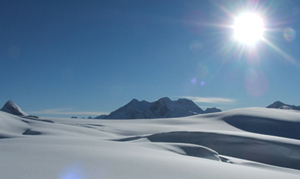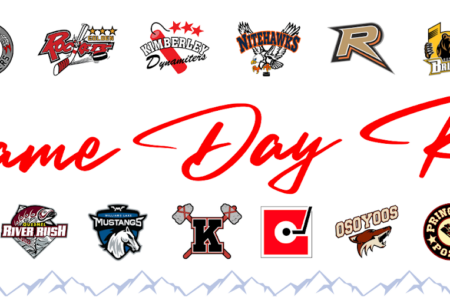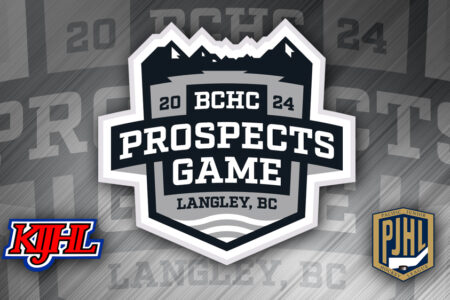Snowpack doubles at tree-line with new snowfall
The tree-line snowpack has doubled in the Kootenay Pass area over the last two days as 45 centimetres of new snow has fallen, according to the Canadian Avalanche Centre on Sunday.
Throughout the region, treeline snowpack depths are generally 60 to 100 cm., depending on wind-loading.
A buried crust approximately 15 to 20 cm. above the ground has produced variable results with snowpack tests, but is generally gaining strength.
Recent moderate ridge-top winds formed soft wind slabs on the leeward side of ridge crests and terrain features.
Wind slabs are probably primed for human-triggering on uniform lee ridge-top slopes and in cross-loaded gullies. New snow was sluffing with human-triggers on steeper terrain, according to a report from Matt Peter on Sunday, Nov. 21.
As a result, confidence in the backcountry snowpack is rated at fair. Many tree-line and alpine areas are at threshold snow depths for avalanches, however, little field data is available.
If you are an early season enthusiast, send the Canadian Avalanche Centre an email or give them a call to let them know what you saw in the mountains: forecaster@avalanche.ca or 250-837-2141 ext 230.
Other sources:
Avalanche course information for sledders is found at: http://www.avalanche.ca/cac/community/sled
Some general backcountry notes:
Slopes with the best riding are also the most avalanche-prone.
Watch for isolated slabs on smooth ground and use extra caution around locally deep pockets of wind-transported snow down-wind of terrain features and in gullies.
Avoid exposure to terrain traps whenever possible. They are a significant and often overlooked hazard.
Managing risk through route finding requires a good understanding of terrain traps and how they can magnify the consequences of an avalanche.
At lower elevations, watch out for poorly buried rocks, stumps, logs, and other early season hazards.
Source: Canadian Avalanche Centre

























